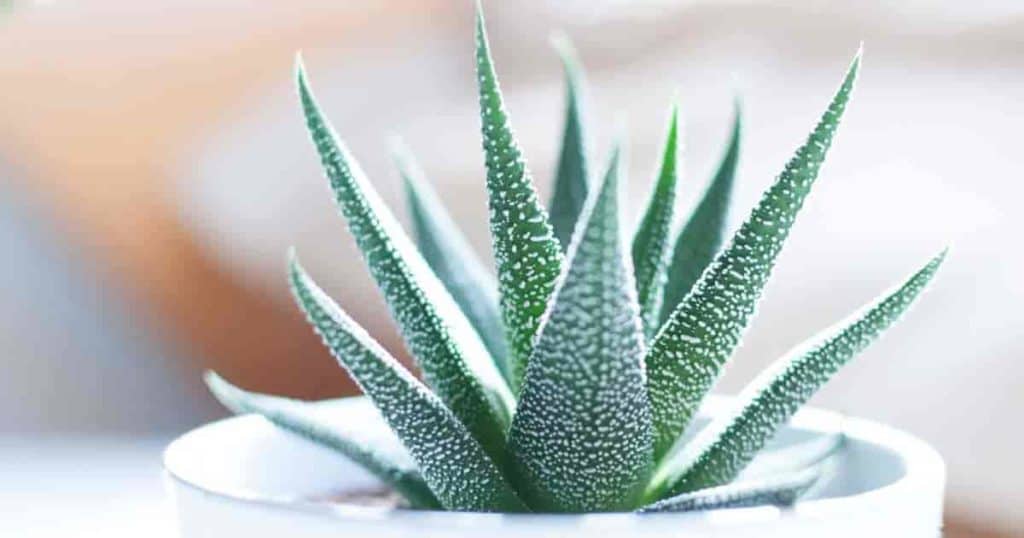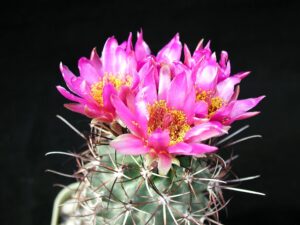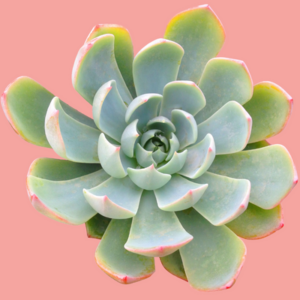Cacti are not just easy-care houseplants; they are a captivating representation of the desert’s resilience and allure. Their striking appearances and unique adaptations make them increasingly popular among plant enthusiasts and casual gardeners alike. However, many potential growers are often plagued by apprehensions regarding the intricacies of cactus care. This article dispels those concerns and provides a comprehensive guide on how to care for cactus plants like a seasoned expert.
Before delving into the specifics of cactus care, it is imperative to understand the inherent needs of these fascinating succulents. Cacti are native to arid environments, which fundamentally influences their care requirements. This guide will address essential elements such as light, watering, soil, and pest management, enabling you to cultivate healthy cacti with ease.
Lighting: The Sun’s Embrace
Understanding the lighting requirements of cacti is crucial for their growth. Most cacti thrive in bright, direct sunlight, making them ideal candidates for windowsills that receive ample natural light. It is advisable to position your cacti where they can bask in sunlight for at least six hours a day. A south-facing window is quintessential, as it generally offers the most intense light exposure.
However, too much direct sunlight can lead to sunburn, resulting in unsightly discoloration and damage. To prevent this, gradually acclimate your cactus to bright light. An excellent practice is to start with filtered sunlight and incrementally expose them to full sunlight, especially during scorching summer months. Further, consider rotating your cactus occasionally to ensure even light distribution, promoting symmetrical growth.
Watering: The Art of Hydration
One of the most common concerns among novice cactus caretakers is the dreaded watering regimen. Overwatering is the leading cause of cactus demise, while underwatering can stunt their growth. Striking the right balance is essential for cactus health.
A rule of thumb is to water cacti during their active growing season, typically from spring to early autumn. During this period, assess the soil moisture by inserting your finger about an inch into the substrate. If the soil feels dry, it is time to water. When hydrating your cactus, it is crucial to soak the soil thoroughly until water drains from the bottom of the pot. This thorough watering encourages deeper root growth and ensures the plant receives the hydration it craves.
In contrast, during the dormant winter months, cacti require significantly less water. Reduce watering frequency to once a month or less, depending on the environmental conditions. It is essential to allow the soil to dry out completely between watering to prevent root rot.
Soil: A Crucial Foundation
Choosing the right soil is foundational to successful cactus cultivation. Regular potting soil can retain too much moisture, leading to potential rot. Instead, opt for a well-draining cactus mix or create your own by combining potting soil with coarse materials, such as perlite or sand. This concoction enhances drainage and mimics the arid conditions cacti thrive in.
Additionally, ensure that your pot has adequate drainage holes. Terra cotta pots are often preferred due to their porous nature, allowing excess moisture to evaporate quickly. When repotting, choose a container only slightly larger than the current one. Cacti prefer to be somewhat root-bound, which encourages better growth and flowering.
Fertilization: Nourishing Your Cacti
While cacti are not heavy feeders, occasional fertilization during the active growth season can boost their vibrancy. A diluted cactus fertilizer or a balanced water-soluble fertilizer can be applied every four to six weeks during spring and summer. Avoid fertilizing in winter, as the plants are dormant and do not require additional nutrients.
When applying fertilizer, ensure the soil is moist to avoid burning the roots. As with any plant, moderation is key; over-fertilization can lead to weak, leggy growth.
Pest Management: Safeguarding Your Cacti
Cacti can sometimes fall victim to pests, such as mealybugs, spider mites, and scale insects. Regular inspections are vital to catch infestations early. Treat pests promptly using insecticidal soap or neem oil for effective and eco-friendly solutions.
For minor infestations, a cotton swab dipped in rubbing alcohol can be used to gently remove pests. Always follow the treatment instructions carefully to avoid harming your cactus. In addition to pest control, keeping your growing environment clean and allowing for adequate airflow will minimize the risk of infestations.
Temperature and Humidity: A Cozy Habitat
Cacti flourish in warm temperatures and low humidity, closely reflecting their native environments. Most cacti prefer temperatures between 70°F and 100°F during the day, while nighttime temperatures can drop to around 50°F to 65°F. Avoid exposing your cacti to chilly drafts or sudden temperature fluctuations, as this can stress the plants.
Humidity levels should remain low, usually between 30% and 50%. This aridity is easily managed if you keep your cacti indoors; ensure good ventilation and avoid clustering plants too closely together.
Conclusion: Cultivating Confidence in Cactus Care
In summary, caring for cactus plants like a professional involves a solid understanding of their specific needs related to light, watering, soil, fertilization, and pest management. By following these expert guidelines, you will cultivate healthy and stunning cacti that not only enhance your living space but also showcase the remarkable adaptability of these unique plants.
So go ahead, embrace your passion for cacti, and watch as your efforts yield a garden filled with resilient and striking specimens.





Leave a Comment